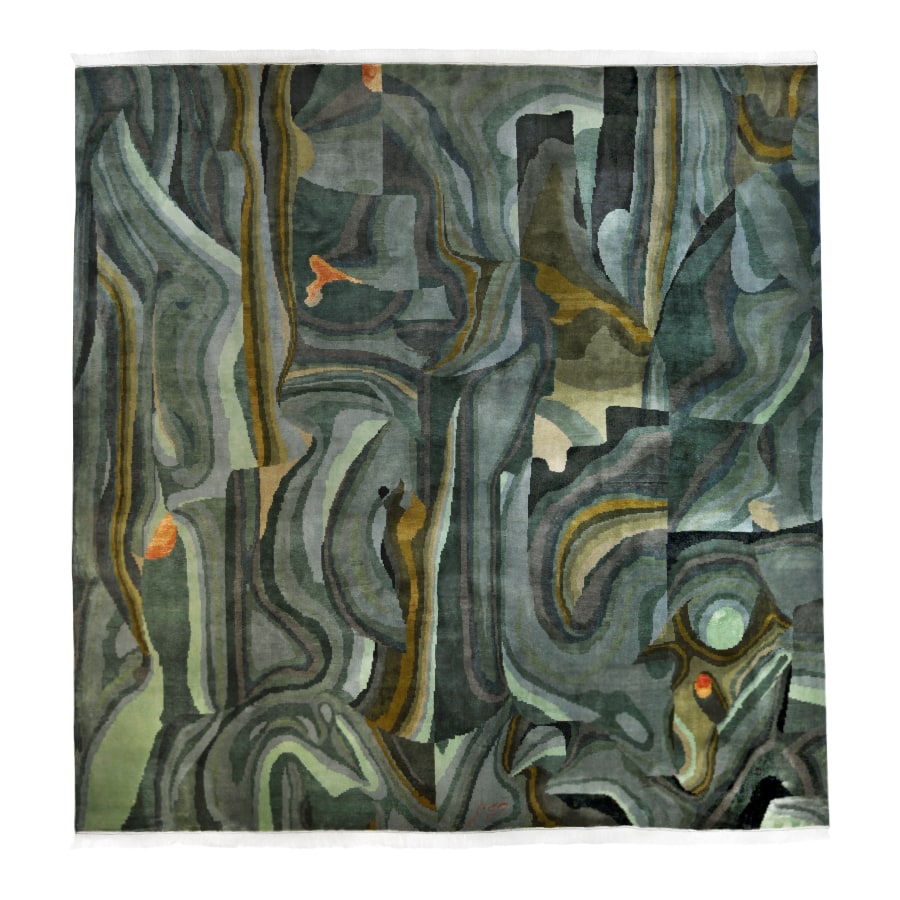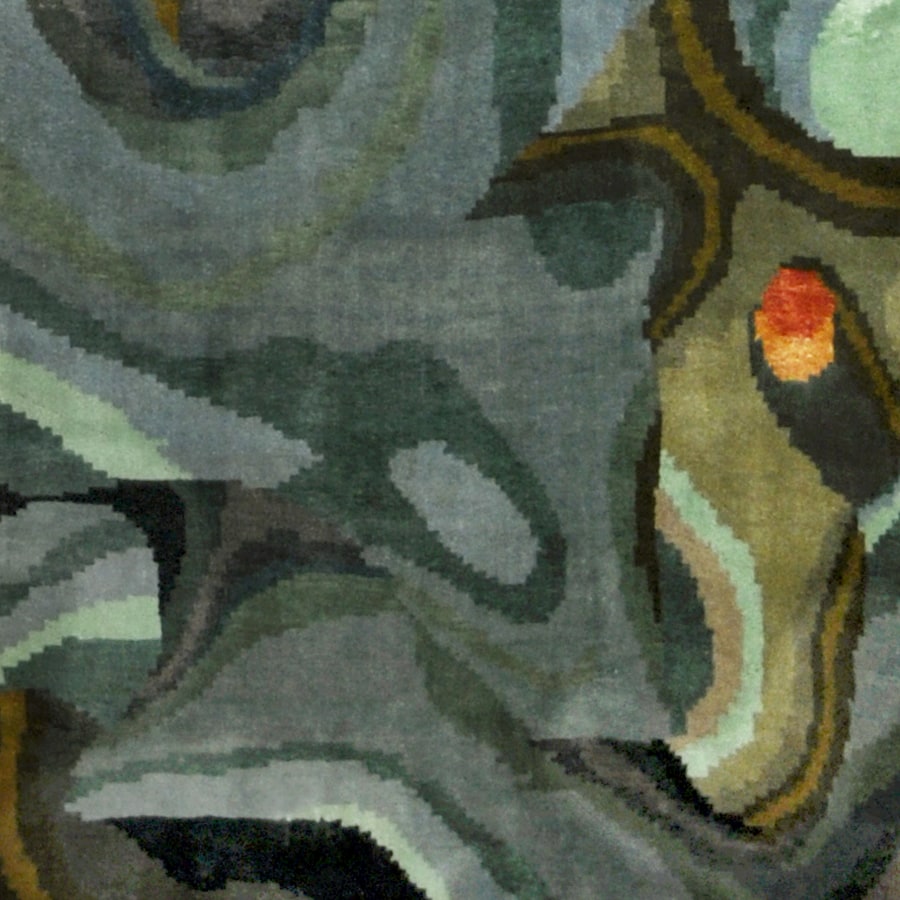Oriental rugs are more than just floor coverings; they are works of art that carry a rich history and an ability to enchant with their beauty. When talking about Oriental rugs, it is often common to hear the term "Persian rugs" used, but it is important to understand the difference between the two.
Oriental rugs are a collection of hand-woven textiles that come from various countries and regions in the Middle East and Asia. This diversity means that Oriental rugs vary in style, pattern, and technique. This variety includes Persian rugs, but Persian rugs are only part of the broader category of Oriental rugs.
The main difference lies in the region of origin. Persian rugs come specifically from Iran (formerly known as Persia), while Oriental rugs are an umbrella term that includes rugs from Iran and other countries such as Turkey, China, India, Afghanistan, and many others.
Depending on the region of origin, the style and patterns differ. Persian rugs often have characteristic patterns such as flowers, geometric shapes and oriental characters. Oriental rugs can have an even wider variety of styles, incorporating the rich cultural heritage of their respective regions.
Both Persian and Oriental rugs are hand-woven, but the techniques and materials used can vary. Persian rugs are known for their fine quality and use of high-quality materials such as silk and wool. Oriental rugs also use different materials and techniques depending on the region.
Both Persian and Oriental rugs are valuable for their cultural significance. They often contain symbolism and motifs that represent the tradition and history of their respective cultures of origin.
When choosing an oriental rug, it is important to consider your personal taste and interior style. Oriental rugs offer a variety of options, and whether you prefer the rich elegance of Persian rugs or the diverse beauty of other oriental rugs, there is something for every home.

























































